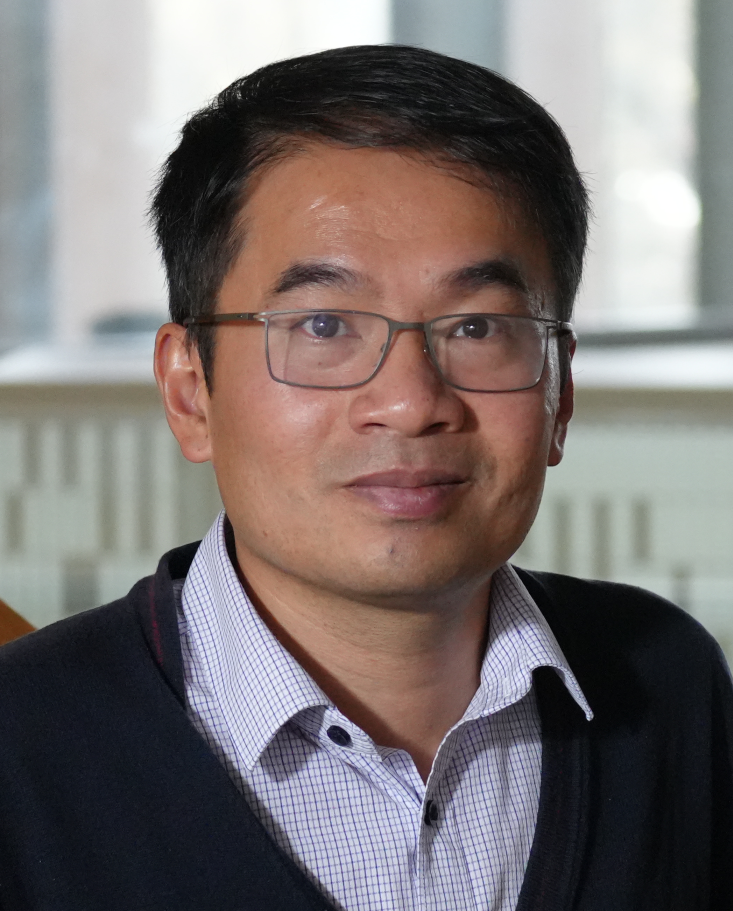Office hours
Every Monday noon-1pm.
Students of Master of Computing or COMP1730 Programming Scientists can drop during these hours for consultation/questions.
Research
Minh Bui is the leader of the Computational Phylogenomics Lab. The research in his lab lies at the interface between Computing, Biology, and Statistics, with the motto to enable evolutionary research in the genomic era. His lab develops bioinformatic methods and algorithms, statistical models, and high-performance computing techniques for phylogenetic inference from ultra-large genomic data.
Minh leads an international team that jointly develops the widely-used IQ-TREE software, winner of the 2023 Eureka prize. IQ-TREE usages are ranging from identifying new variants of the coronavirus that caused the COVID-19 pandemic to understanding the origin of Life on Earth billions of years ago.
Biography
Minh obtained his B.Sc. in Computer Science (2001) from Vietnam National University, M.Sc. in Applied Computer Science (2005) from the University of Freiburg (Germany) and Ph.D. in Bioinformatics (2009) from the University of Vienna (Austria). After a Postdoc at Max Perutz Labs, he joined the Australian National University (ANU) as Research Fellow (2018), Lecturer (2019), Senior Lecturer (2021), Associate Professor (2024).
Activities & Awards
- 2023: Winner, Eureka Prize for Excellence in Research Software, together with Prof. Robert Lanfear.
- 2023: Highly Cited Researcher, Web of Science.
- 2023: Field Leader in Evolutionary Biology, The Australian.
- 2022: Highly Cited Researcher, Web of Science.
- 2021: Highly Cited Researcher, Web of Science.
- 2019: Australian Field Leader in Evolutionary Biology, The Australian.
- 2003-2005: Scholarship for the Masters study by the Konrad-Adenauer-Stiftung, Germany.
Editorial Boards
- Co-Guest Editor, Molecular Phylogenetics and Evolution, special issue on machine learning tools for phylogenetics, 2023-present.
- Associate Editor, Journal of Molecular Evolution, 2021-present.
